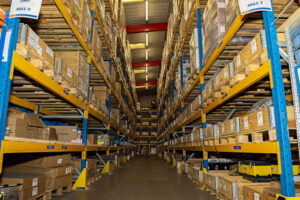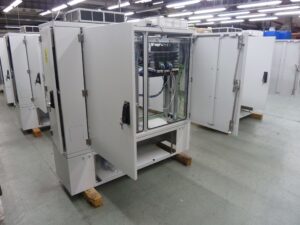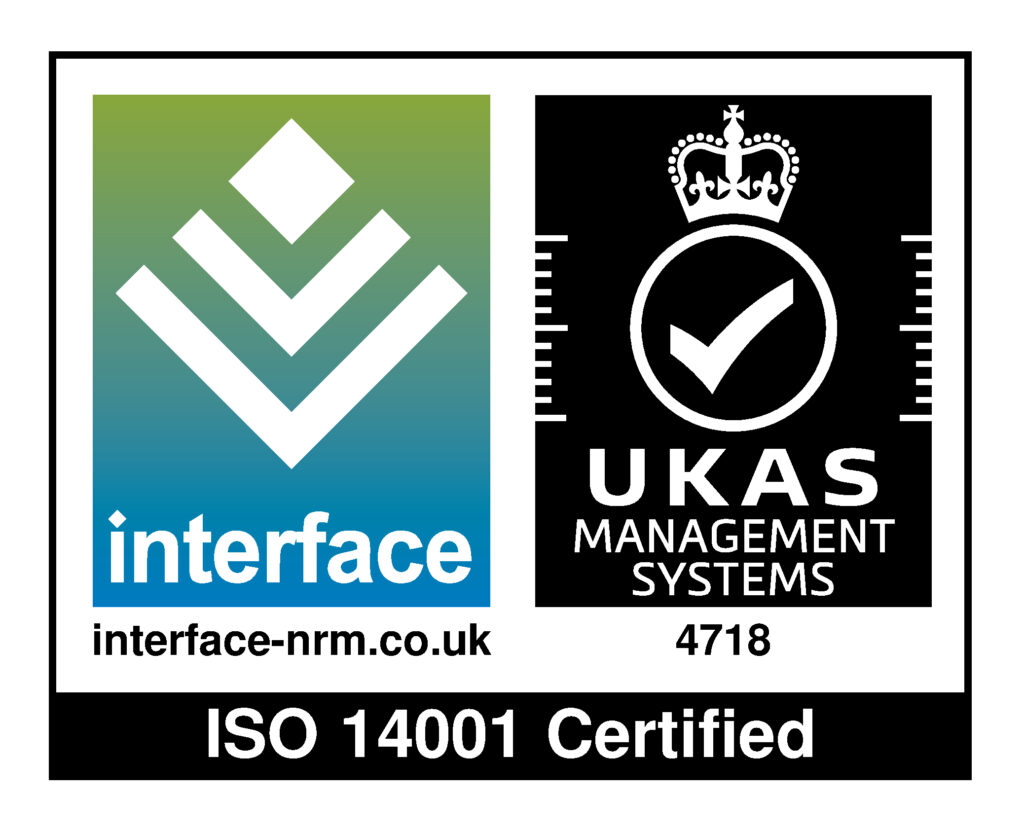As Peter Drucker pointed out, “The greatest danger in times of turbulence is not the turbulence itself, but to act with yesterday’s logic.”
The Coronavirus pandemic and resulting lockdown has transformed life as we know it. While several businesses closed their doors, few, such as telecoms, were considered vital and had to continue their work in new ways. At CHH, we continued critical services, even collaborating with our supply chain to provide critical Personal Protective Equipment (PPE) for field service engineers nationwide.
As we adopt new working practices to match our changing environment, we’re starting to ramp up our services and take advantage of some exciting new opportunities. If the past few months have taught us anything, it’s the important role that telecoms will play in our new normal, facilitating new working methods and lifestyles. I’ve noted just a few opportunities that lie ahead for the sector below…
Increased demand for connectivity
Although home working has been on the rise in the UK for the past few years, the country has never had quite so many people working away from the office as we have this year. The exercise is teaching us several things: firstly, that productivity need not be affected by location but also how reliant we are on the UK’s digital network.
In recent weeks, CHH has been playing a key role supporting customer on-site and emergency engineers in maintaining and upgrading communications networks across the country to keep digital networks effective and resilient. As the nation continues to consider home working as a viable future business model, the importance of a resilient connectivity network increases and so too must the investment required in building and maintaining it.
A growing locker network
While non-essential retail was closed during the peak of pandemic, another type of retail grew exponentially – online retail. With people restricted to their homes for most of the time, online delivery became the only way for people to purchase goods not available in essential retail stores. As a result, several ecommerce businesses, particularly Amazon, encountered significant business growth.
As people begin to venture out more post-lockdown, it is likely that online shopping habits will continue, but with an increasing demand for click and collect, since there will no guarantee of people being at home when packages arrive. This could see an increase in more remote lockers, used for securely storing deliveries, as the UK ramps up its locker networks.
This could have a positive knock-on effect for field services in critical industries, as these lockers can also be used for managed services delivery. At CHH, we utilise locker networks as a platform through which we can supply tools, PPE, consumables and equipment to field service engineers all over the country. This not only helps engineers to access the products they need immediately, it also reduces downtime in the field and ensures greater productivity for our customers.
A focus on sustainability
After spending several months at home, we’re becoming more aware of our energy use and the impact this has on the planet. It’s not inconceivable to predict a smart meter boom as more households take action to better measure and manage their energy use throughout the next few months.
Most of the smart meters that are being installed today use mobile phone-type signals to send meter readings to the energy provider, and other wireless technologies to send information back to the in-home display. This two-way interaction requires a resilient and effective communication network, which CHH CoNeX is heavily involved in creating.
Rail digitalisation
As public transport use increases, we are likely to see trains transporting higher numbers of people and therefore a need for greater digitalization on the country’s rail networks. If rail operators are to successfully deliver transportation in an age of social distancing, keeping queues to a minimum is essential and therefore passenger tracking technologies and infrastructure monitoring is key.
At CHH CoNeX, we’re already working closely with rolling stock operators to provide complex and long loom assemblies used for data acquisition monitoring units. This is primarily being used to monitor wear and tear on the train in real time but similar telecom networks could also be used to track train journeys in real-time and send instant updates to passengers to minimise platform crowding. At a time when the UK is continuing to take strides in its rail digitalisation strategy, the telecoms industry has a critical role to play.







